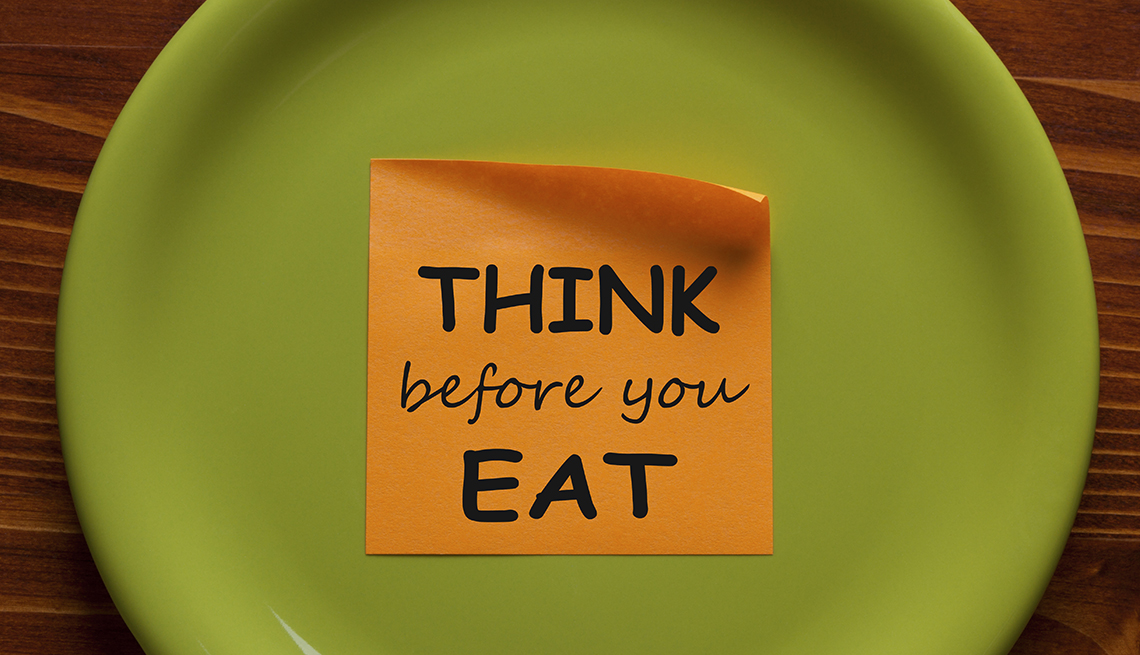Staying Fit
You've probably heard how the trendy practice of mindfulness can improve your mood or concentration. Turns out, it works for weight loss, too.
We know what you're thinking: Sitting cross-legged can't possibly burn that many calories. But mindfulness doesn't work like other dieting tools — it actually works better, at least according to a growing number of studies showing that it can help dieters not only lose weight but keep it off longer.


AARP Membership— $12 for your first year when you sign up for Automatic Renewal
Get instant access to members-only products and hundreds of discounts, a free second membership, and a subscription to AARP the Magazine.
Researchers at North Carolina State University who analyzed existing scientific literature on the subject, for instance, found that all of the studies that included mindfulness techniques resulted in successful weight loss for participants. What's more, four out of five studies that followed up months later found that participants had managed to keep the pounds off.
In order to understand how mindfulness works in weight loss, it's important to understand that any extra pounds you're carrying have more to do with your brain than your stomach, says psychiatrist Judson A. Brewer, director of research and innovation at the Mindfulness Center at the Brown University School of Public Health.


































































